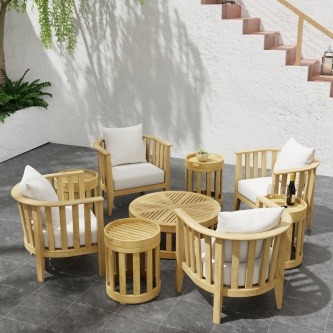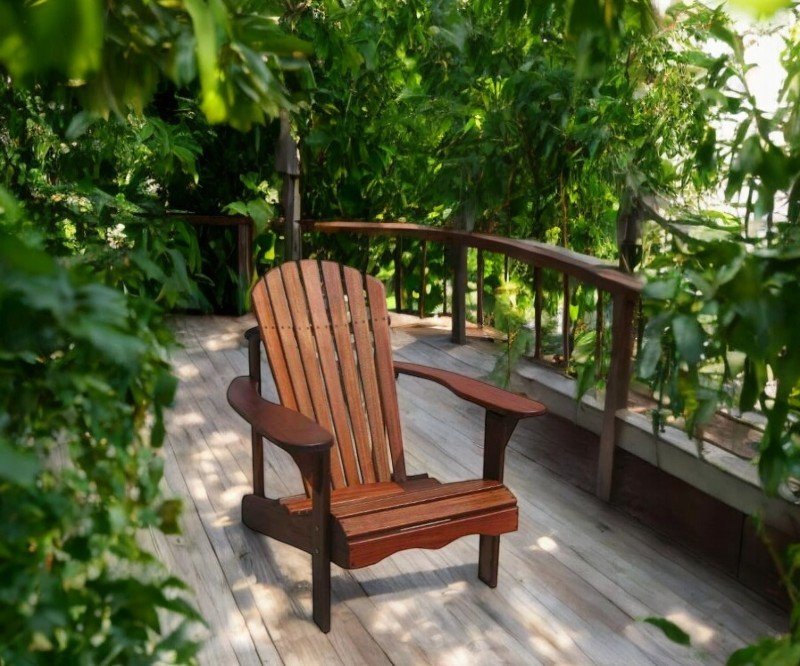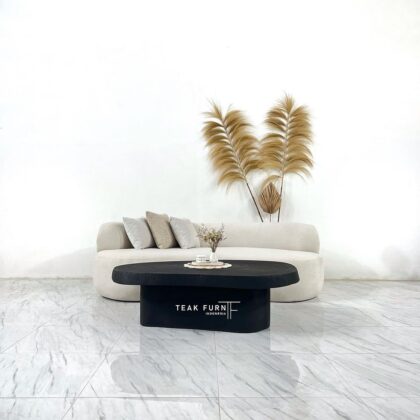
Jepara, a town in Central Java, Indonesia, is renowned for its high-quality furniture, crafted with intricate designs and expert craftsmanship. For centuries, Jepara’s skilled artisans have produced fine wooden furniture, making it a well-known name in both local and international markets. As global trade continues to expand, the future prospects of Jepara furniture in the international market appear promising, although several challenges must be addressed to fully capitalize on these opportunities.
1. Superior Craftsmanship and Quality

The primary strength of Jepara’s furniture lies in its unmatched quality and craftsmanship. Known for detailed carvings and elegant wooden pieces, Jepara’s furniture is made by artisans who have perfected their skills over generations. This tradition of exceptional craftsmanship positions Jepara as a leading producer of premium furniture. As global demand for artisanal, high-quality furniture continues to grow, Jepara can leverage this expertise to capture the attention of international markets, particularly those in the U.S., Europe, and the Middle East.
2. Growing Demand for Sustainable Products
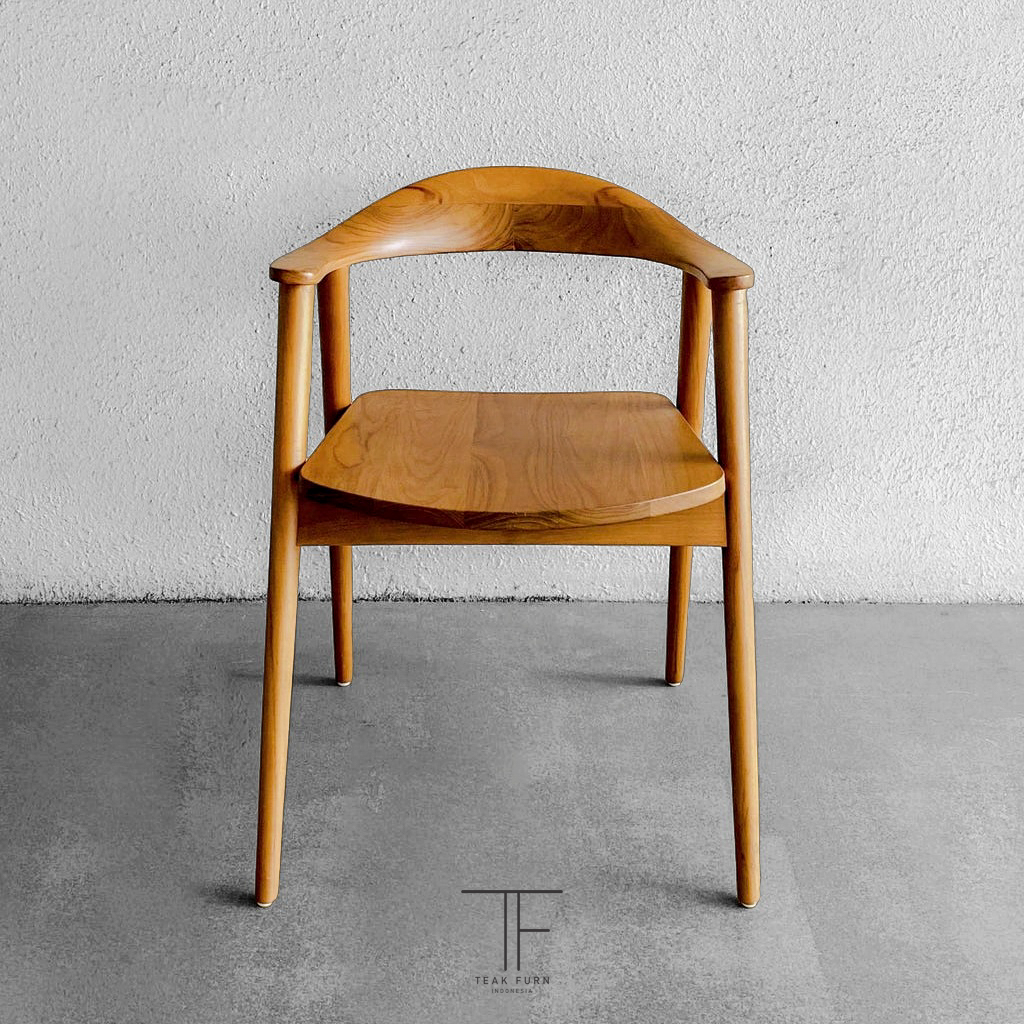
A significant trend in the global market is the increasing demand for sustainable and eco-friendly products. Consumers are now more conscious of the environmental impact of their purchases, and the furniture industry is no exception. Jepara’s abundant natural resources, especially high-quality timber like teak and mahogany, provide an opportunity to meet this growing demand. By adopting sustainable sourcing practices and eco-friendly manufacturing processes, Jepara can attract environmentally-conscious consumers worldwide. Promoting Jepara furniture as both high-quality and environmentally friendly will help it gain a competitive edge in the global market.
3. Digital Transformation and Global Reach

The digital age has revolutionized the way businesses connect with global markets. E-commerce platforms and social media provide Jepara furniture producers with the ability to reach international customers directly. Several Jepara-based companies have already embraced digital marketing, showcasing their products on platforms like Etsy, Amazon, and Alibaba. By strengthening their online presence and investing in search engine optimization (SEO), Jepara’s furniture industry can expand its reach beyond traditional markets. Engaging in digital advertising and social media marketing can also help Jepara attract more attention from global consumers and design professionals.
4. Opportunities in Interior Design and Hospitality

The demand for premium furniture extends beyond residential homes to sectors like interior design and hospitality. Hotels, restaurants, and luxury interior design projects are increasingly seeking unique, high-end furniture that reflects cultural and artistic values. Jepara’s rich heritage of craftsmanship and its distinctive designs make it an ideal supplier for this market segment. By catering to luxury and commercial projects, Jepara can position itself as a provider of exclusive, high-quality furniture for the global hospitality and interior design industries.
5. Challenges: Infrastructure and Technological Advancements
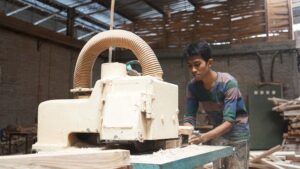
Despite its potential, there are challenges that Jepara’s furniture industry must overcome to remain competitive in the global market. One of the most significant hurdles is the reliance on traditional production methods. While these methods produce exceptional quality, they can be time-consuming and costly, especially when compared to the mass production capabilities of other countries. To compete on a larger scale, Jepara must invest in modern technology, machinery, and automation to improve efficiency, reduce production costs, and meet the growing global demand for furniture. Adopting advanced manufacturing techniques will help Jepara’s furniture industry become more competitive and sustainable in the long run.
6. Skilled Labor and Training the Next Generation

Another challenge is the potential shortage of skilled labor. While Jepara has a long-standing tradition of furniture-making, younger generations may not be as interested in continuing the craft. This creates a risk for the future sustainability of the industry. To address this, Jepara must invest in training and skills development programs for younger generations, ensuring that traditional craftsmanship is passed down and adapted to meet modern demands. By encouraging youth involvement and offering educational opportunities, Jepara can secure a future workforce capable of maintaining the quality and reputation of its furniture.
Conclusion
The future of Jepara furniture in the global market is bright, driven by its exceptional craftsmanship, growing demand for sustainable products, and new opportunities in digital marketing and luxury sectors. However, to fully realize this potential, the industry must address challenges related to infrastructure, technology, and workforce development. By embracing modern production techniques, focusing on sustainability, and nurturing a new generation of skilled artisans, Jepara can solidify its place as a global leader in high-quality, eco-friendly furniture. With the right strategies in place, Jepara’s furniture industry is poised for continued success on the international stage.


